IRTG Workshop: From Findings to Feeds: Sharing Science Beyond Academia
Tina Finsterbusch, Marcel Bülow
26th Sep 2025 | 9:00-17:00

Tina Finsterbusch, Marcel Bülow
26th Sep 2025 | 9:00-17:00
|
|
Following successful and fruitful collaboration between the SERNAGEOMIN and CRC 1211 since its start in 2016, subproject C02 was invited to present the major results of their research as well as their ideas and objectives for the current, final funding phase to the public. Prof. Frank Lehmkuhl, Dr. Janek Walk, and Dr. Joel Mohren gave presentations as part of the SERNAGEOMIN ‘Ciclo de Geocharlas’ 2025 on the 17th of March at the Andrés Bello University in Santiago de Chile. Moderated by our longtime collaborator Andrés Quezada, C02 took the attendees on a scientific tour on the characteristics of alluvial fans and their function as geo-archives – from a global perspective to the extreme dryland environments in the Atacama and Namib Deserts.
In the first presentation, Prof. Frank Lehmkuhl gave an overview of the CRC’s structure before presenting a review of alluvial fans in hot and cold deserts. Following on the global perspectives, he linked the findings to the overall research objectives of subproject C02 and summarized the evolution of the project from the first (2016–2020) to the third (2024–2028) funding phase. Subsequently, Dr. Janek Walk gave a holistic insight into the landform characteristics, processes, and evolution of Atacama’s coastal alluvial fans. This included the main findings of his dissertation during the CRC’s first phase as well as the resulting second-phase and ongoing studies at the coast of the Atacama Desert. To conclude the lecture trilogy, Dr. Joel Mohren, postdoctoral researcher in C02 during the second phase, compared the alluvial fan systems between the core Atacama Desert and the arid to hyperarid Skeleton Coast in Namibia. Investigated across transects, the current state of morphometric as well as geochronological results and preliminary deductions were presented. Each presentation was followed by a discussion involving both the attendees in the hall as well as the virtual ones.
All three presentations were live-streamed and are available online via the SERANGEOMIN Youtube channel.
On the following day, C02 started their three-week field campaign to the eastern Atacama Desert and Altiplano – again supported, among others, by Andrés Quezada for over a week.

Subproject C02 presenting their research at the Andrés Bello University in Santiago; (left) Prof. Frank Lehmkuhl, (centre) Dr. Janek Walk, (right) Dr. Joel Mohren
Photo: SERNAGEOMIN
Day1 | Day 2 | Day 3 | Day 4 | Day 5 | Day 6 | Day 7 | Day 8
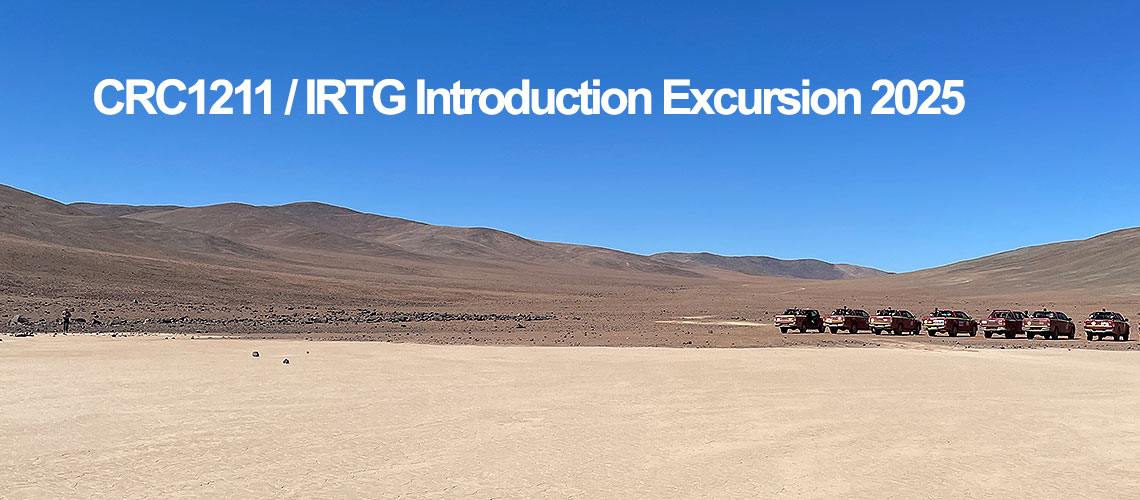
all Pictures © Benni Ritter-Prinz, Hannah Hartung & Damián A. López
Day 1:
The introduction excursion of the CRC1211 started on Sunday 9/03/25 going from Antofagasta to Taltal with various stops along the road.
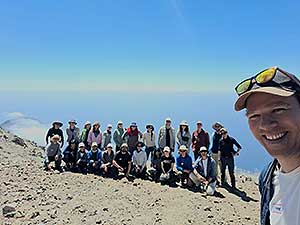 |
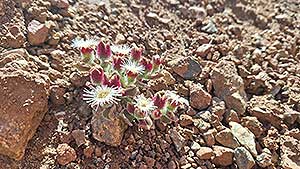 |
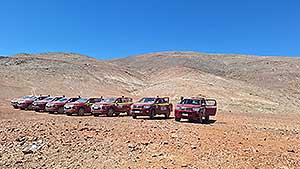 |
|
Day 2:
Focus area of the second day was the Paposo transect.
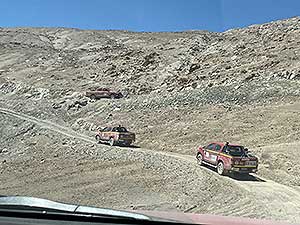 |
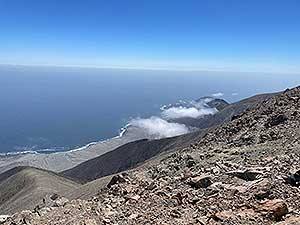 |
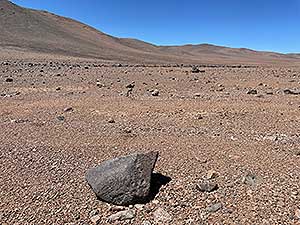 |
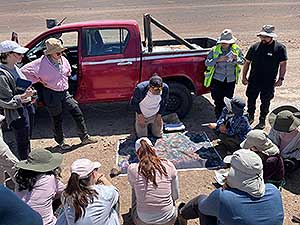 |
Day 3:
Visiting the sampling site of the irrigation experiment. We explored alluvial fan deposits along the coastal road from Taltal to Antofagasta and meeting up with the B project to learn something about Huidobria in the Quebrada systems in the Atacama Desert.
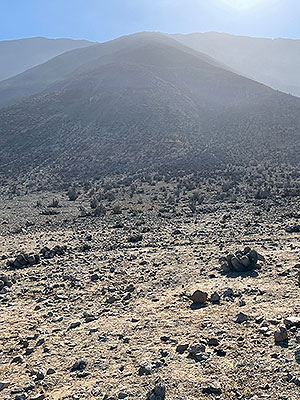 |
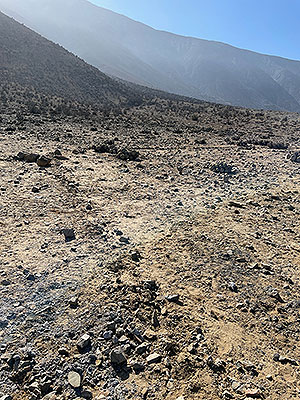 |
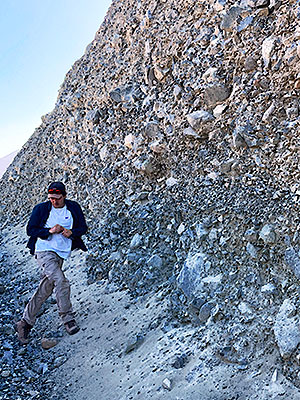 |
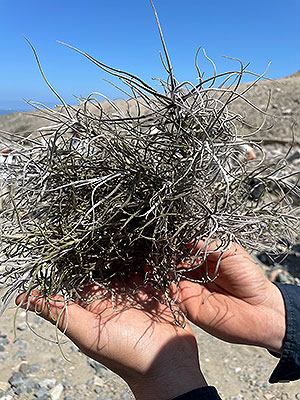 |
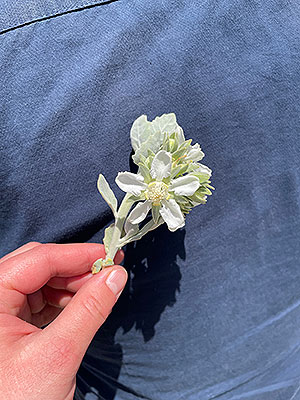 |
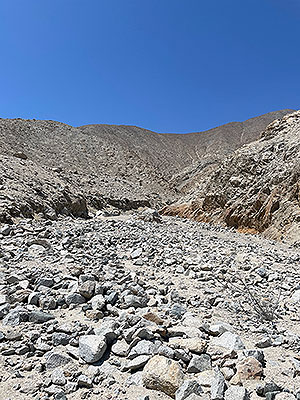 |
||
Day 4: “From dust to crust” (Benni)
Long drive from Mejillones to Pica. Passing by Salar Grande exploring some gypsum crusts, Tillandsia dunes and tephra layers of the coastal cordillera.
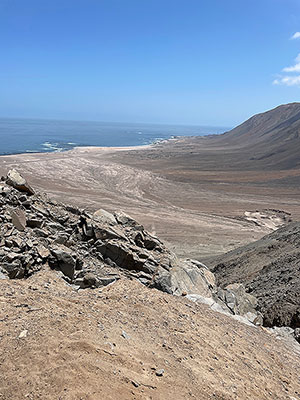 |
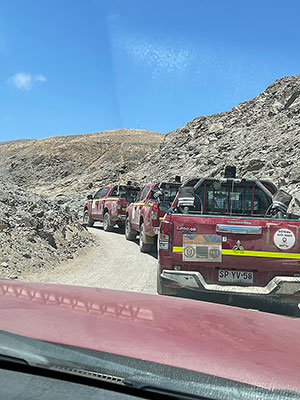 |
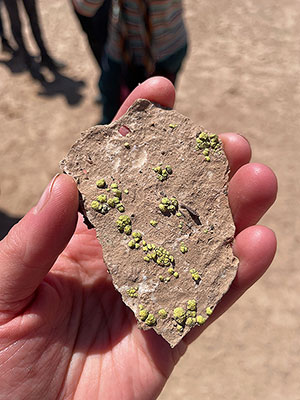 |
 |
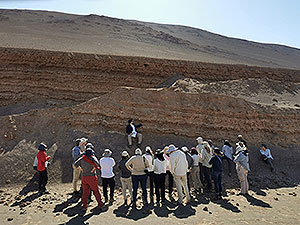 |
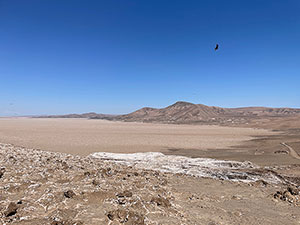 |
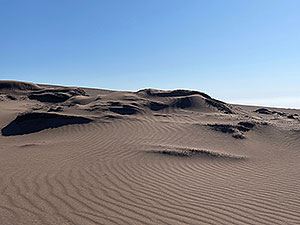 |
|
Day 5: Lamas, Lamas, Lamas
Visiting Salar del Huasco and project D03. We saw Lamas, Nandus, Flamingoes and learned something about isotopes and water inflow.
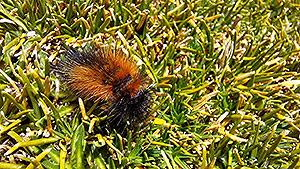 |
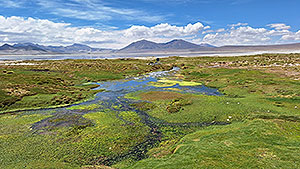 |
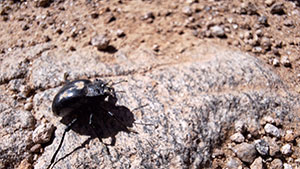 |
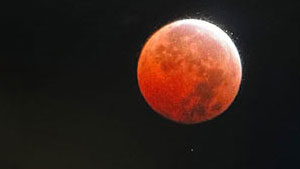 |
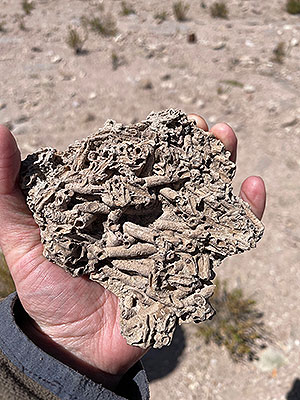 |
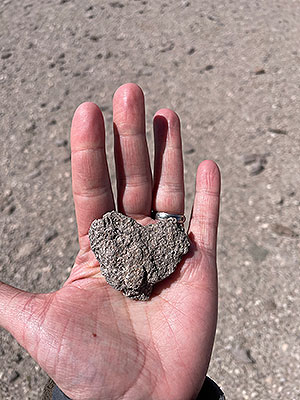 |
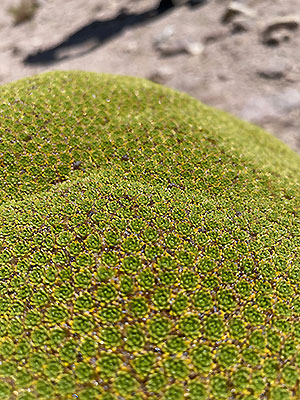 |
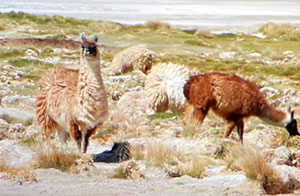 |
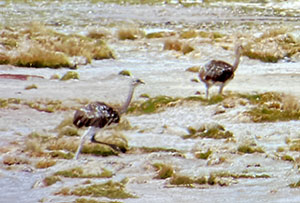 |
||
Day 6:
First stop at hyper arid core of the Atacama Desert. Gypsum crusts form in the shape of polygons here - Maindronia (Insecta: Zygentoma) lives there, but we did not see one. Short stop at Salar Grande visiting a salt mine. We had lunch at a site where Tillandsia Lomas occur. Highlight of the day was the visit at Rio Loa canyon viewpoint with a dusty rough ride.
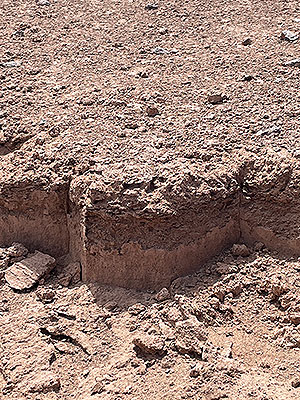 |
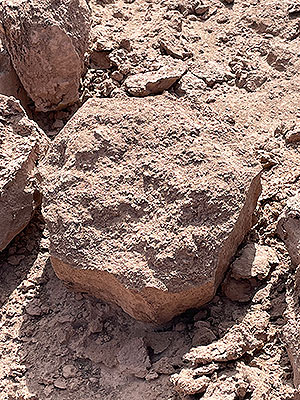 |
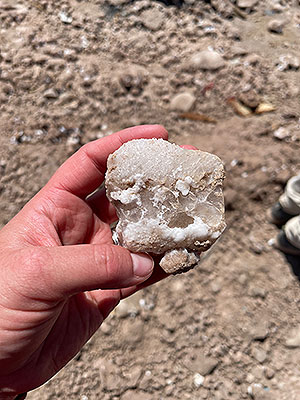 |
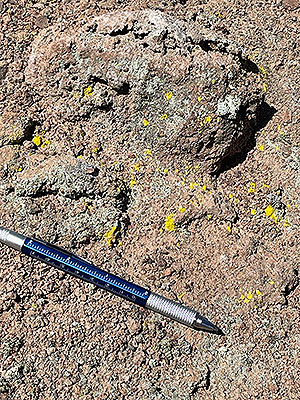 |
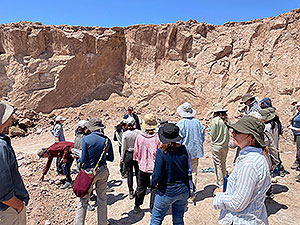 |
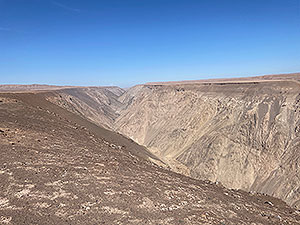 |
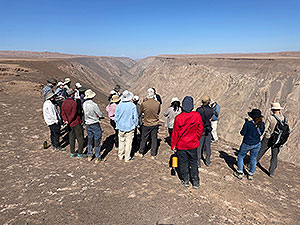 |
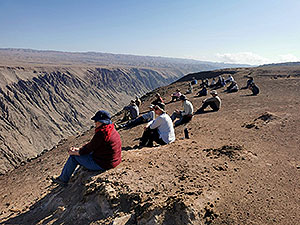 |
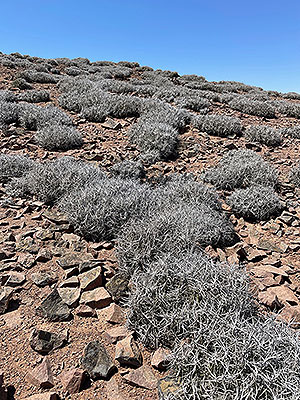 |
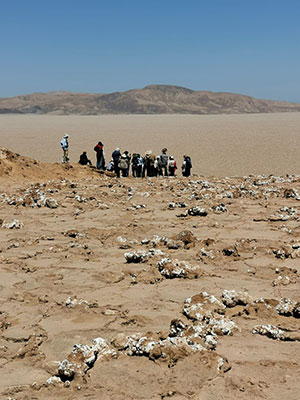 |
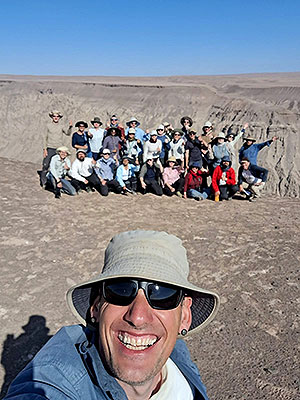 |
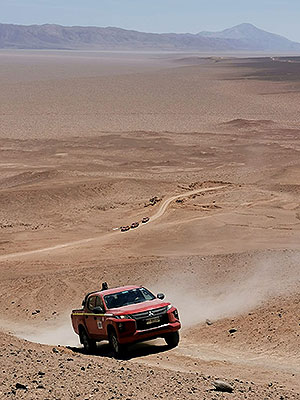 |
Day 7: Genesis of the CRC
Visiting the maybe oldest surface on Earth to be able to walk on from the Miocene/Eocene (Dunai et al., 2005/ Ritter et al. in prep.). Did some Chilean history by visiting Pisagua. Lunch at Quebrada Tiliviche.
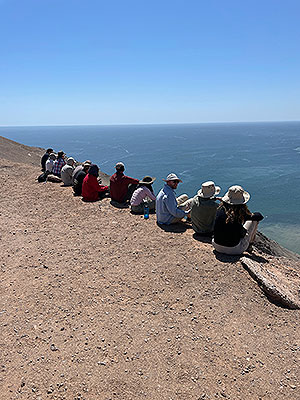 |
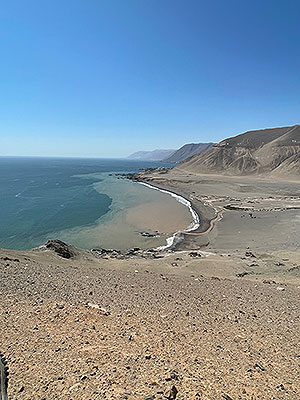 |
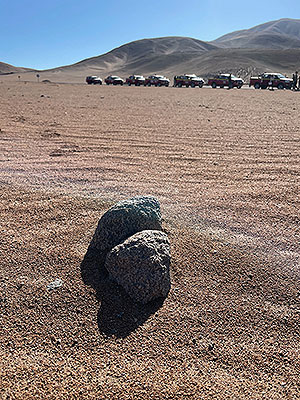 |
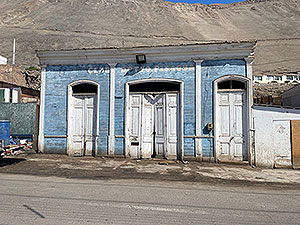 |
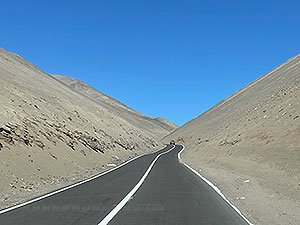 |
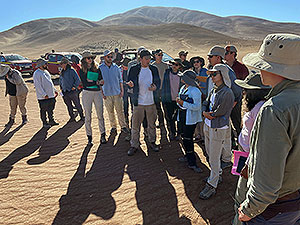 |
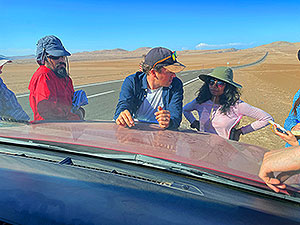 |
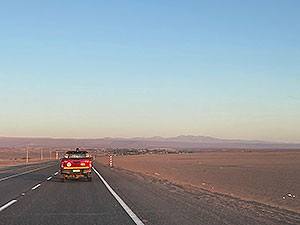 |
Day 8: Aroma Transect
From Miocene to recent - visiting the alluvial fan of the Quebrada Aroma: an altitude transect (1200-2500 m) from hyper arid to arid/semi-arid conditions.
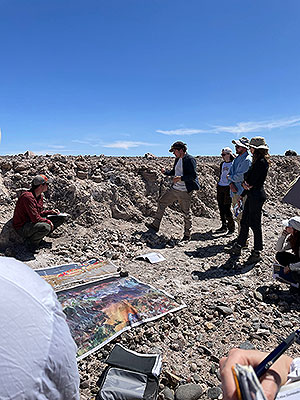 |
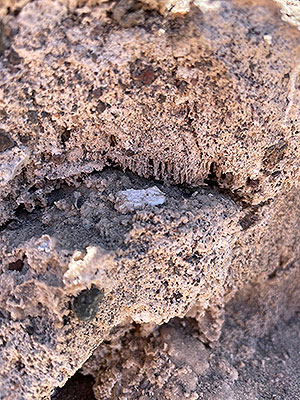 |
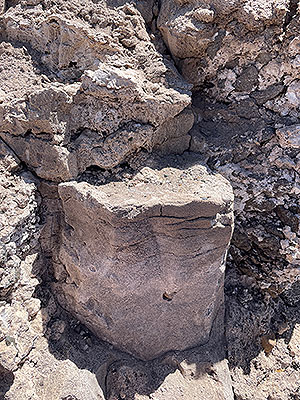 |
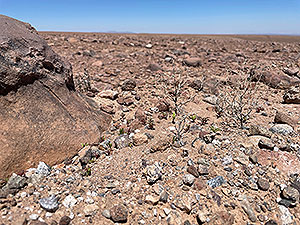 |
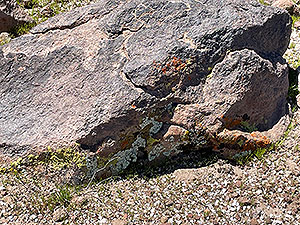 |
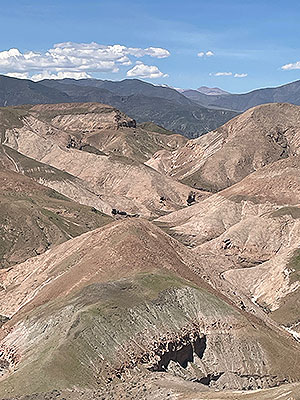 |
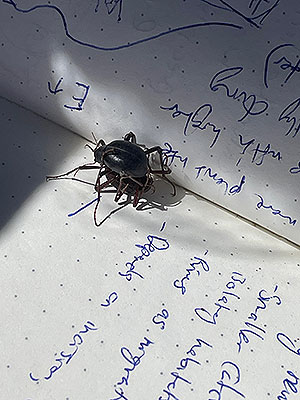 |
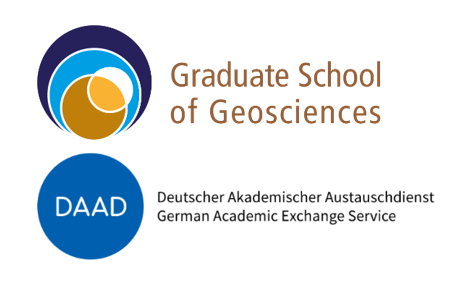 Supported by the Graduate School Scholarship Programme (GSSP) of the German Academic Exchange Service (DAAD), the Graduate School of Geosciences (GSGS) at the University of Cologne offers two promising international doctoral candidates the opportunity to pursue a doctorate as a part of an existing coordinated research programme, including CRC1211, supervised by a Cologne Geoscientist.
Supported by the Graduate School Scholarship Programme (GSSP) of the German Academic Exchange Service (DAAD), the Graduate School of Geosciences (GSGS) at the University of Cologne offers two promising international doctoral candidates the opportunity to pursue a doctorate as a part of an existing coordinated research programme, including CRC1211, supervised by a Cologne Geoscientist.
Deadline for applications is 31. January, 2025.
Further information can be found through the call website.

We recently kicked off the third funding period of CRC 1211 with an exciting two-day retreat in Bonn organized by the IRTG. It was the perfect opportunity for us PhDs to dive into the projects, connect with the IRTG, and get to know one another.
The retreat began with impressive presentations from CRC speakers and PIs, who gave us a comprehensive overview of the subprojects and their connections. Coming from such diverse academic backgrounds, we found this big-picture perspective essential to understanding how all the pieces fit together. It was great to finally put faces to the names of our PIs and learn more about what our fellow PhDs are working on day-to-day.
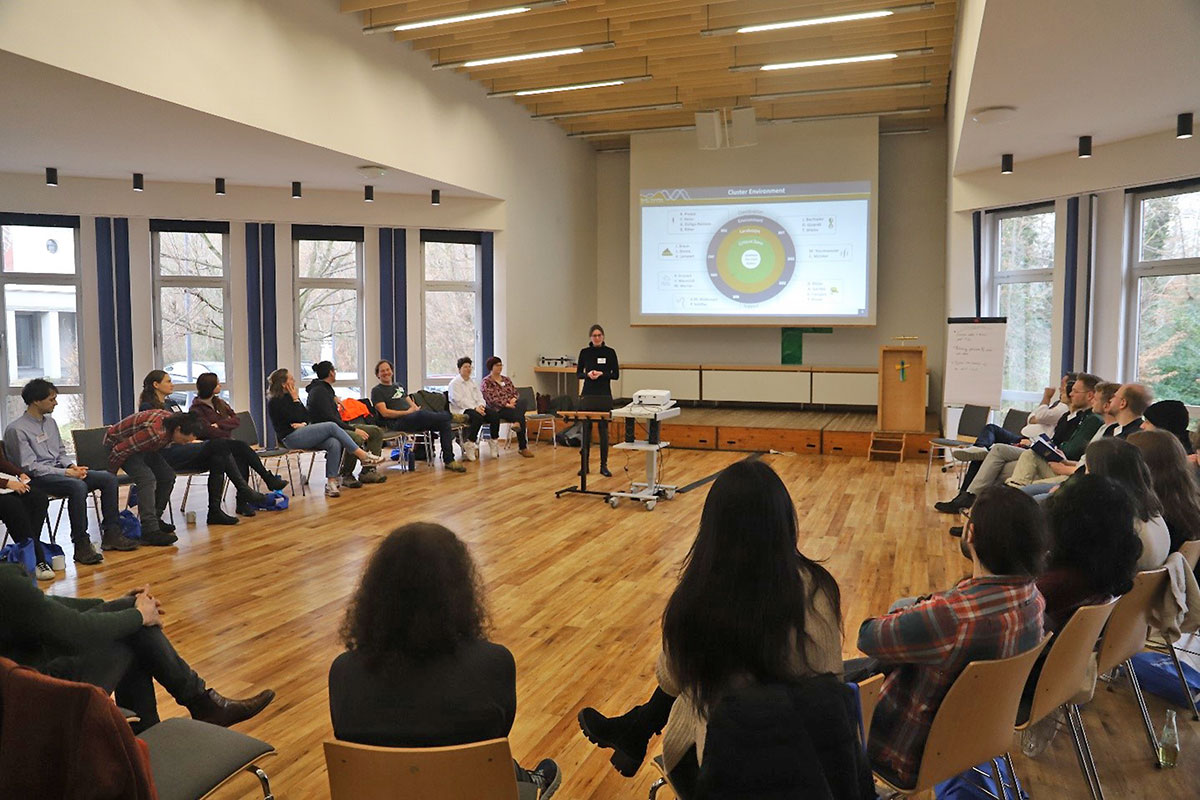 Photo: Christian Tiede
Photo: Christian Tiede
Afterward, we moved into a dynamic group workshop led by Dr. Benjamin Hartwig from Neuroblitz (www.Neuroblitz.de). Through inspiring activities, he encouraged us to actively see, hear, and collaborate with one another, strengthening our connections as a team.
We wrapped up the day with some well-earned downtime - complete with cold beers and a competitive game of Kegeln in the cozy basement of Haus Venusberg, where most of us stayed the night. Spirits were high, and the festive atmosphere made us even more excited about the upcoming field trip to Chile!
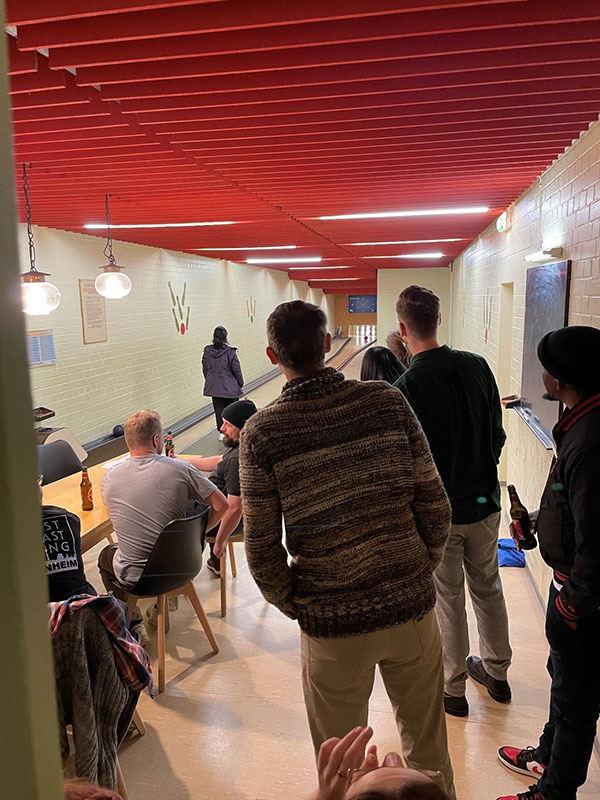
Photo: Hannah Hartung
Day two extended the workshop with more engaging group exercises, ending in the presentation of our unique “PhD Survival Kits.” Each group brought their own creative twist to the challenge, presenting through an art gallery, a personal story, a decision-driven adventure narrative, and even a quiz show!
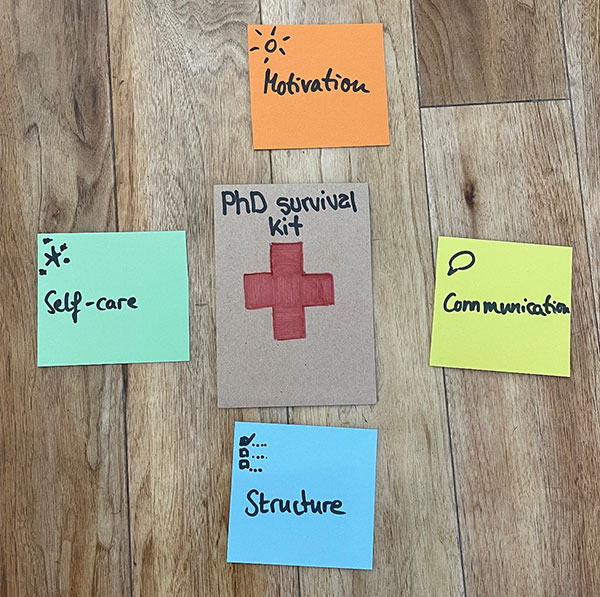
Photo: Hannah Hartung
These activities were not only enjoyable but also provided valuable insights into managing the challenges of the PhD journey while strengthening our connections as colleagues and friends.
Looking back on these two incredible days, it’s clear we achieved more than just sharing knowledge and insights. We built a sense of community, both professionally and personally, that we’ll carry forward as we prepare for the next adventure: exploring the Atacama Desert together.
Here’s to the start of an exciting new chapter for CRC 1211!
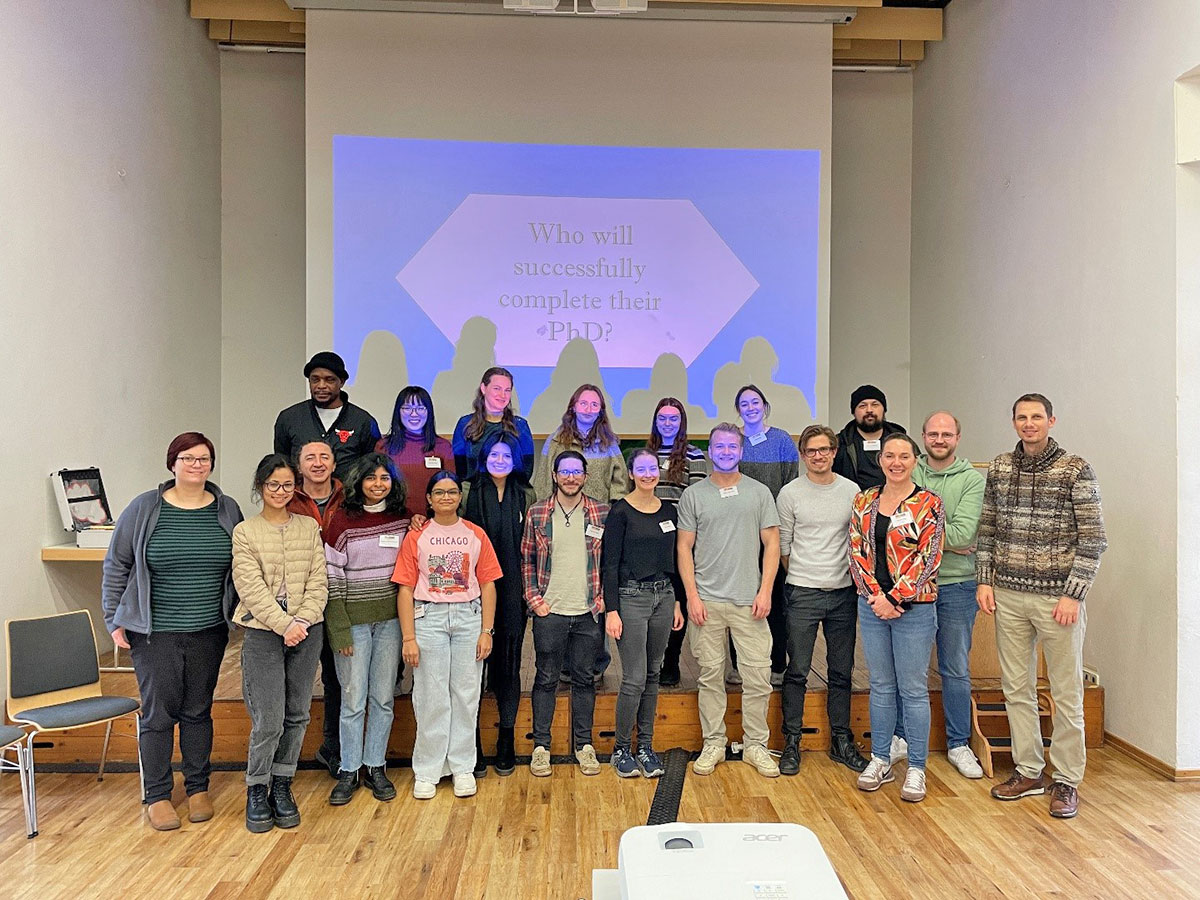
Photo: Hannah Hartung
Text: Greta Kautz, Katrin Morr
Between March 9 to March 31, 2024, Dietmar Quandt (University of Bonn), Julia Bechteler (University of Kaiserslautern-Landau, now LMU Munich), Eric Stein (University of Heidelberg) and Lara Iaboli (University of Bonn, now LMU Munich) were in the Atacama in Chile for joint fieldwork of subprojects B01 and B07.
The team checked and re-measured the Huidobria fruticosa individuals in the 2022 established coastal transect north of Paposo. It was great to see that most of the plants were in good shape and had grown in size and volume since the last year. A further transect for this plant species could be established for comparative analyses in the vicinity of San Pedro de Atacama, which is influenced by Andean environmental conditions.
Almost 160 Huidobria fruticosa individuals were genotyped and phenotyped along an almost 6 km long transect. The team also focused on the other CRC1211 wide study organism Tillandsia landbeckii. Tasks included the download and digital archiving of the climate data recorded over the last year (2023/2024) from the climate stations in the study fields close to Caldera and Arica. In the study site close to Iquique the team sampled plant material for growth experiments under controlled environmental conditions at the University of Heidelberg.
Furthermore, the team obtained drilling cores of three dunes formed by died off Tillandsia landbeckii individuals to better understand spatial and temporal distribution patterns of Tillandsia dune ecosystems. The cores will be analysed by an interdisciplinary team of geologists and botanists from the University of Cologne, University of Bonn and University of Heidelberg. The support by our local collaboration partners Alexandra Stoll (CEAZA La Serena) and Eduardo Campos (Universidad Católica del Norte Antofagasta) was again excellent and the team greatly acknowledges their contributions to this successful and inspiring research field campaign.
|
|
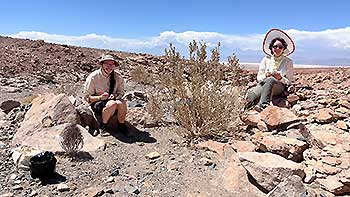 Eric and Lara sampling and measuring a Huidobria fruticosa Photo: Dietmar Quandt |
|
|
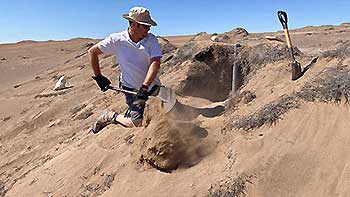 Digging out a drilling core of a dead Tillandsia landbeckii dune Photo: Julia Bechteler |
 Tillandsia landbeckii field close to Iquique Photo: Julia Bechteler |
Contact |
|
| Speaker: Prof. Dr. Tony Reimann Institute of Geography | University of Cologne Zülpicher Str. 45 | 50674 Cologne +49 (0)221 470-1724 | t.reimann@uni-koeln.de |
|
| Managing Director: Christian Tiede Institute of Geology and Mineralogy | University of Cologne Zülpicher Str. 49b | 50674 Cologne +49 (0)221 470-89833 | christian.tiede@uni-koeln.de |
|
_ |
|
| Co-Speaker: Prof. Dr. Christine Heim Institute of Geology and Mineralogy | University of Cologne Zülpicher Str. 49a | 50674 Cologne +49 (0)221 470-6818 | christine.heim@uni-koeln.de |
|
| Scientific Coordinator: Dr. Benedikt Ritter Institute of Geology and Mineralogy | University of Cologne Zülpicher Str. 49b | 50674 Cologne +49 (0)221 470-89868 | benedikt.ritter@uni-koeln.de |
|
_ |
|
| Co-Speaker: Prof. Dr. Dietmar Quandt Nees Institute for Biodiversity of Plants | University of Bonn Meckenheimer Allee 170 | 53115 Bonn +49 (0)228 73-3315 | quandt@uni-bonn.de |
|
| Webmaster: Tim Schlüter Institute of Geography | University of Cologne Otto-Fischer-Str. 4 | 50674 Cologne +49 (0)221 470-3735 | webmaster@sfb1211.de |
|